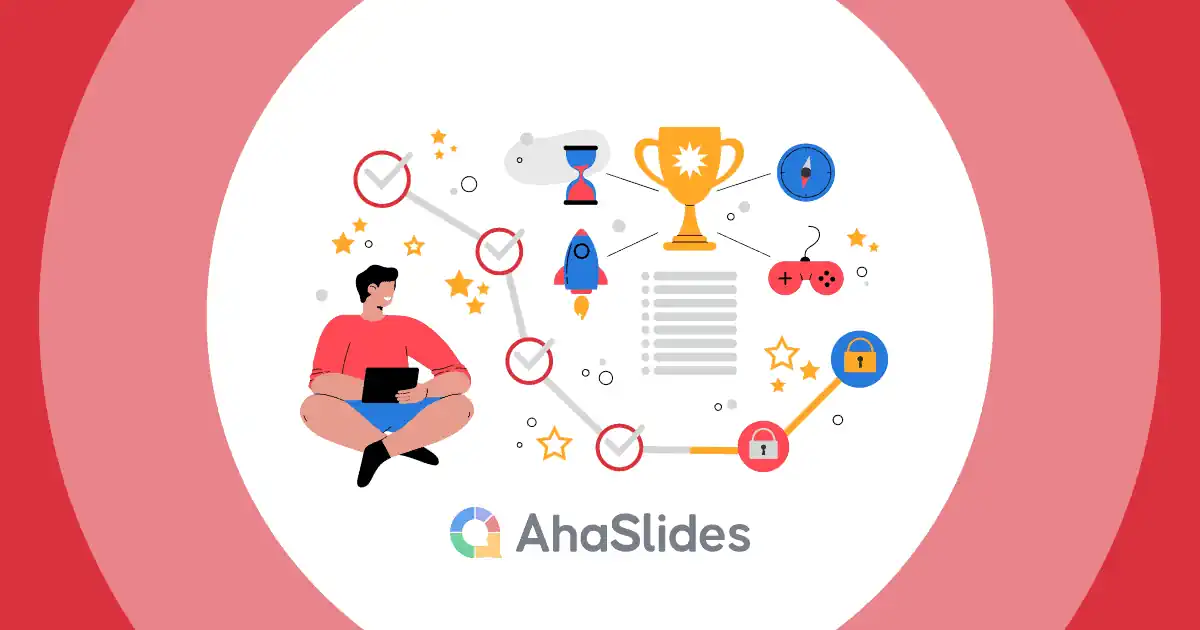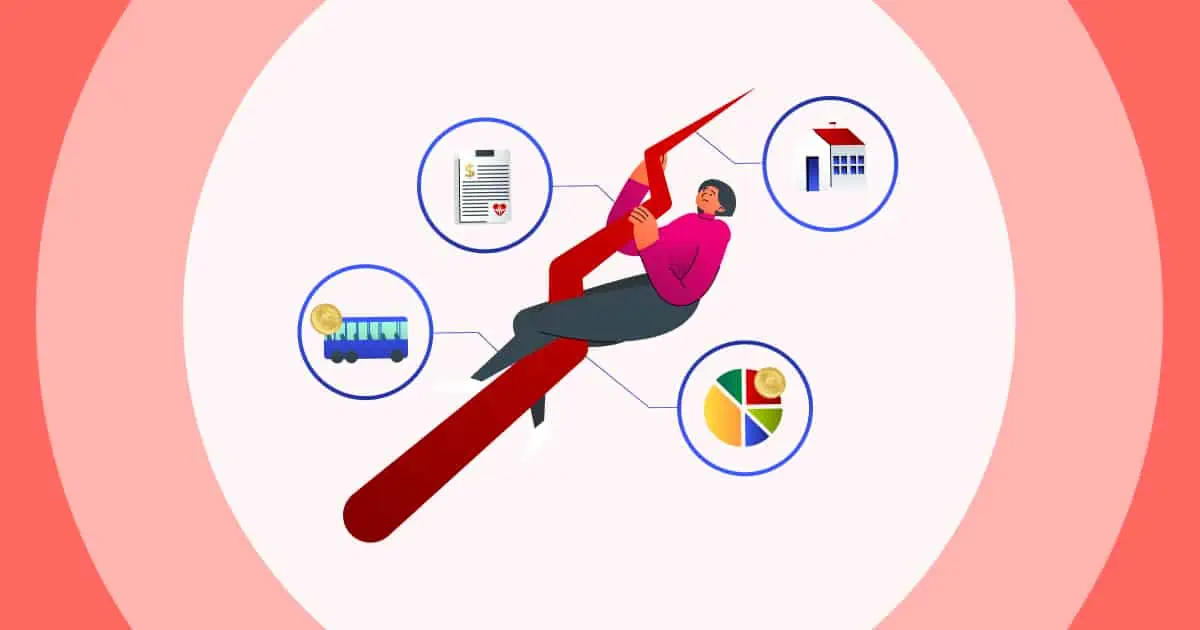Czy przygotowujesz się do rozmowy kwalifikacyjnej, na której będziesz musiał wykazać się umiejętnością kreatywnego rozwiązywania problemów? Umiejętność myślenia na bieżąco i omawiania prawdziwych przykładów innowacyjnego rozwiązywania problemów to kluczowa zaleta, której poszukuje wielu pracodawców.
Aby lepiej zrozumieć tę umiejętność i przygotować się na pytania związane z rozmową kwalifikacyjną, zagłębmy się w temat przykłady kreatywnego rozwiązywania problemów w dzisiejszym poście.
Poruszymy szereg typowych tematów rozmów kwalifikacyjnych skupiających się na rozwiązywaniu problemów – od pytań o metodyczne podejście do wyzwań po prośby o opisanie zaproponowanego przez Ciebie niekonwencjonalnego rozwiązania.
Spis treści
- Czym jest kreatywne rozwiązywanie problemów?
- Korzyści z posiadania umiejętności kreatywnego rozwiązywania problemów
- 9 Pytania i odpowiedzi dotyczące kreatywnego rozwiązywania problemów podczas rozmowy kwalifikacyjnej
- #1. Jak podchodzisz do nowego problemu lub wyzwania?
- #2. Jakie radykalnie nowe lub odmienne sposoby podejścia do wyzwania?
- #3. Czy możesz podać przykład sytuacji, w której wpadłeś na kreatywne rozwiązanie problemu?
- #4. Czy pamiętasz sytuację, w której udało Ci się skutecznie pokonać kryzys?
- #5. Czy możesz wymienić trzy typowe bariery dla kreatywności i jak pokonać każdą z nich?
- #6. Czy kiedykolwiek musiałeś rozwiązać problem, ale nie miałeś wcześniej wszystkich niezbędnych informacji na jego temat? I co zrobiłeś?
- #7. Co robisz, gdy znalezienie właściwego rozwiązania problemu wydaje się niemożliwe?
- #8. Skąd wiesz, kiedy poradzić sobie z problemem samodzielnie lub poprosić o pomoc?
- #9. Jak zachować kreatywność?
- Wskazówki, jak poprawić swoje umiejętności kreatywnego rozwiązywania problemów
- Uwagi końcowe
- Najczęściej zadawane pytania
Więcej wskazówek dotyczących AhaSlides
Sprawdź więcej interaktywnych pomysłów z AhaSlajdy
- Sześć myślących kapeluszy
- Umiejętności kreatywnego myślenia
- Coaching na przykładach miejsca pracy
- Przykłady podejmowania decyzji

Szukasz narzędzia angażującego w pracy?
Zbierz swojego kumpla w zabawnym quizie na AhaSlides. Zarejestruj się, aby wziąć udział w darmowym quizie z biblioteki szablonów AhaSlides!
🚀 Weź darmowy quiz☁️
Czym jest kreatywne rozwiązywanie problemów?
Jak sama nazwa wskazuje, Kreatywne rozwiązywanie problemów to proces tworzenia unikalnych i innowacyjnych rozwiązań problemów lub wyzwań. Wymaga to wymyślania nieszablonowych pomysłów zamiast tradycyjnego sposobu robienia rzeczy. Obejmuje to połączenie myślenia inaczej, odkrywania, co jest najlepsze, patrzenia na rzeczy z różnych perspektyw i chwytania nowych okazji lub generowania pomysłów.
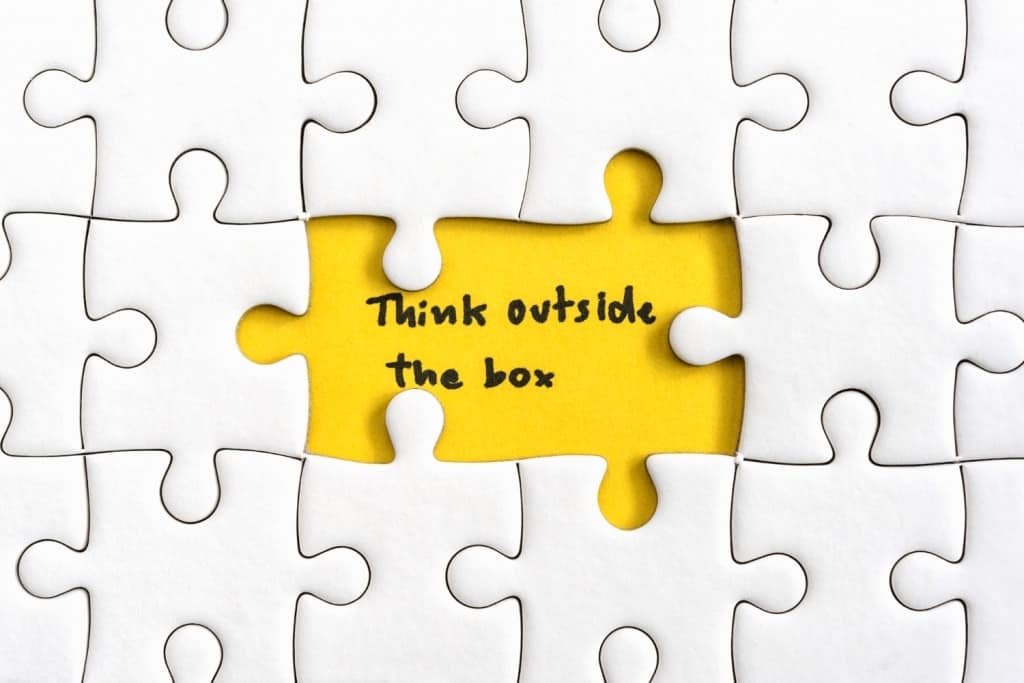
I pamiętaj, że celem kreatywnego rozwiązywania problemów jest znalezienie praktycznych, skutecznych i unikalnych rozwiązań, które wykraczają poza konwencjonalne (i oczywiście czasami ryzykowne).
Potrzebujesz więcej kreatywnych przykładów rozwiązywania problemów? Kontynuuj czytanie!
Korzyści z posiadania umiejętności kreatywnego rozwiązywania problemów
Posiadanie umiejętności kreatywnego rozwiązywania problemów jako kandydata może przynieść kilka korzyści, w tym:
- Zwiększ szanse na zatrudnienie: Pracodawcy szukają osób, które nie tkwią w rutynie, ale potrafią myśleć krytycznie, rozwiązywać problemy i wymyślać kreatywne rozwiązania — rzeczy, które działają wydajniej i oszczędzają więcej czasu i wysiłku. Pokazanie swoich umiejętności może sprawić, że staniesz się bardziej atrakcyjnym kandydatem i zwiększysz swoje szanse na zatrudnienie.
- Popraw podejmowanie decyzji: Pomagają podejść do problemów z różnych punktów widzenia i podejmować lepsze decyzje.
- Zwiększ zdolność adaptacji: Umiejętność znajdowania kreatywnych rozwiązań może pomóc w dostosowaniu się do zmian i skutecznym stawianiu czoła nowym wyzwaniom.
- Polepsz wykonanie: Rozwiązywanie problemów w innowacyjny sposób może prowadzić do zwiększenia produktywności, wydajności i wydajności.
W eksplozywnym wzroście świata generatywnej AI jest to uważane za jedną z najważniejszych umiejętności miękkich pracowników. Przejdź do następnej części, aby zobaczyć pytania z wywiadu dotyczącego rozwiązywania problemów wraz z odpowiedziami👇
9 Pytania i odpowiedzi dotyczące kreatywnego rozwiązywania problemów podczas rozmowy kwalifikacyjnej
Oto kilka przykładów kreatywnych rozwiązań problemów podczas rozmowy kwalifikacyjnej wraz z przykładowymi odpowiedziami:
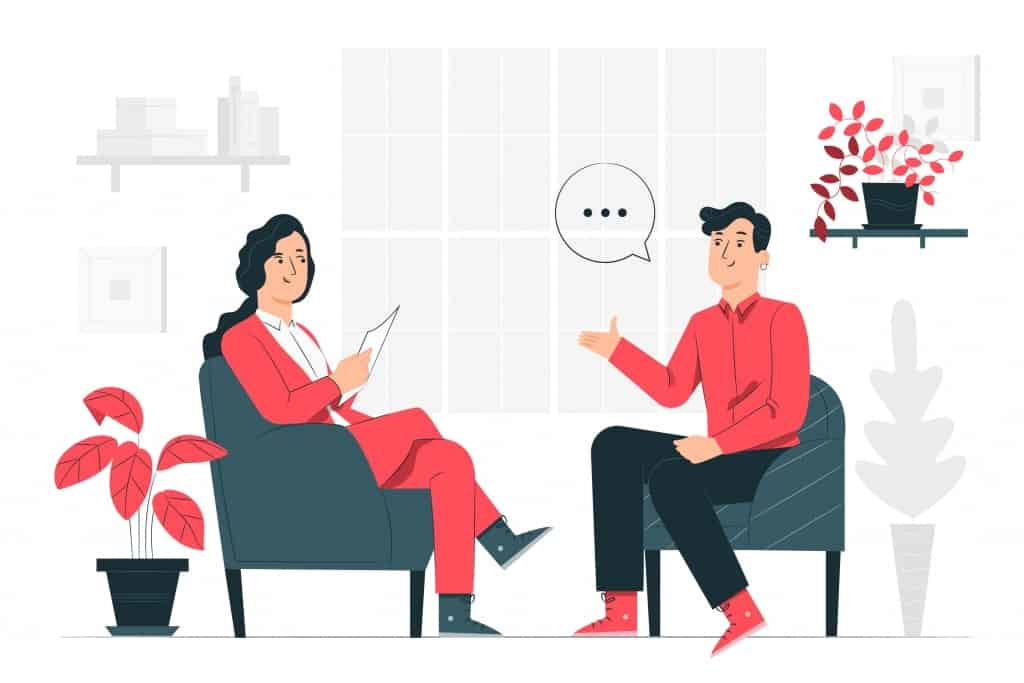
#1. Jak podchodzisz do nowego problemu lub wyzwania?
To czas, kiedy powinieneś pokazać ankieterowi swój sposób działania, swój sposób myślenia.
Przykładowa odpowiedź: „Zaczynam od zebrania informacji i dogłębnego zrozumienia problemu. Następnie przeprowadzam burzę mózgów na temat potencjalnych rozwiązań i rozważam, które z nich mają największy potencjał. Myślę również o potencjalnych ryzykach i korzyściach każdego rozwiązania. Następnie wybieram najlepsze rozwiązanie i tworzę plan działania, aby je wdrożyć. Ciągle oceniam sytuację i wprowadzam zmiany w razie potrzeby, aż problem zostanie rozwiązany”.
#2. Jakie radykalnie nowe lub odmienne sposoby podejścia do wyzwania?
To pytanie jest trudniejszą wersją poprzedniego. Wymaga innowacyjnych i unikalnych rozwiązań wyzwania. Osoba przeprowadzająca rozmowę chce sprawdzić, czy potrafisz podejść do rozwiązywania problemów w inny sposób. Ważne jest, aby pamiętać, że niekoniecznie chodzi o podanie najlepszej odpowiedzi, ale o pokazanie zdolności do kreatywnego myślenia i generowania nowych pomysłów.
Przykładowa odpowiedź: „Zupełnie innym sposobem podejścia do tego wyzwania mogłaby być współpraca z firmą lub organizacją spoza naszej branży. Mogłoby to zapewnić świeżą perspektywę i pomysły. Innym podejściem mogłoby być zaangażowanie pracowników z różnych działów w proces rozwiązywania problemów, co może prowadzić do rozwiązań międzyfunkcyjnych i wnieść szeroki zakres pomysłów i perspektyw oraz bardziej zróżnicowanych punktów”.
#3. Czy możesz podać przykład sytuacji, w której wpadłeś na kreatywne rozwiązanie problemu?
Ankieter potrzebuje bardziej konkretnych dowodów lub przykładów twoich umiejętności kreatywnego rozwiązywania problemów. Odpowiedz więc na pytanie tak szczegółowo, jak to możliwe, i pokaż im konkretne dane, jeśli są dostępne.
Przykładowa odpowiedź: „Prowadzę kampanię marketingową i trudno nam nawiązać kontakt z określoną grupą docelową. Myślałem o tym z innej perspektywy i wpadłem na pomysł. Pomysł polegał na stworzeniu serii interaktywnych wydarzeń, aby klienci mogli doświadczyć naszych produktów w wyjątkowy i zabawny sposób. Kampania odniosła ogromny sukces i przekroczyła swoje cele pod względem zaangażowania i sprzedaży”.
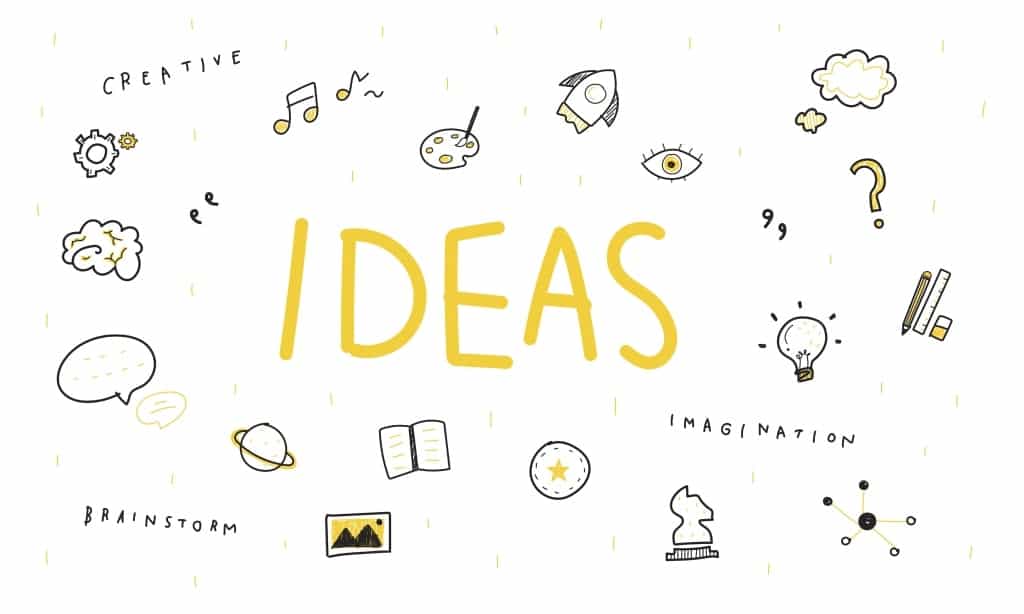
#4. Czy pamiętasz sytuację, w której udało Ci się skutecznie pokonać kryzys?
Ankieterzy chcą zobaczyć, jak radzisz sobie w stresujących sytuacjach i skutecznie rozwiązujesz problemy.
Przykładowa odpowiedź: „Kiedy pracowałem nad projektem, jeden z kluczowych członków zespołu nagle stał się niedostępny z powodu sytuacji awaryjnej. To naraziło projekt na ryzyko opóźnienia. Szybko oceniłem sytuację i przygotowałem plan ponownego przydzielenia zadań innym członkom zespołu. Skutecznie komunikowałem się również z klientem, aby upewnić się, że jest świadomy sytuacji i że nadal jesteśmy na dobrej drodze do dotrzymania terminu. Dzięki skutecznemu zarządzaniu kryzysowemu byliśmy w stanie ukończyć zadania projektu na czas i bez większych przeszkód”.
#5. Czy możesz wymienić trzy typowe bariery dla kreatywności i jak pokonać każdą z nich?
W ten sposób ankieter ocenia Twoją perspektywę i odróżnia Cię od innych kandydatów.
Przykładowa odpowiedź: „Tak, potrafię zidentyfikować trzy powszechne bariery kreatywności w rozwiązywaniu problemów. Po pierwsze, strach przed porażką może powstrzymać jednostki przed podejmowaniem ryzyka i próbowaniem nowych pomysłów. Pokonuję to, akceptując porażkę jako okazję do nauki i zachęcając siebie do eksperymentowania z nowymi pomysłami.
Po drugie, ograniczone zasoby, takie jak czas i finanse, mogą ograniczać kreatywność. Pokonuję to, nadając priorytet rozwiązywaniu problemów w moim harmonogramie i znajdując najlepsze, opłacalne narzędzia i metody. Po trzecie, brak inspiracji może hamować kreatywność. Aby to pokonać, wystawiam się na nowe doświadczenia i środowiska, próbuję nowych hobby, podróżuję i otaczam się ludźmi o innych perspektywach. Czytam też o nowych pomysłach i narzędziach oraz prowadzę dziennik, aby zapisywać moje myśli i pomysły”.
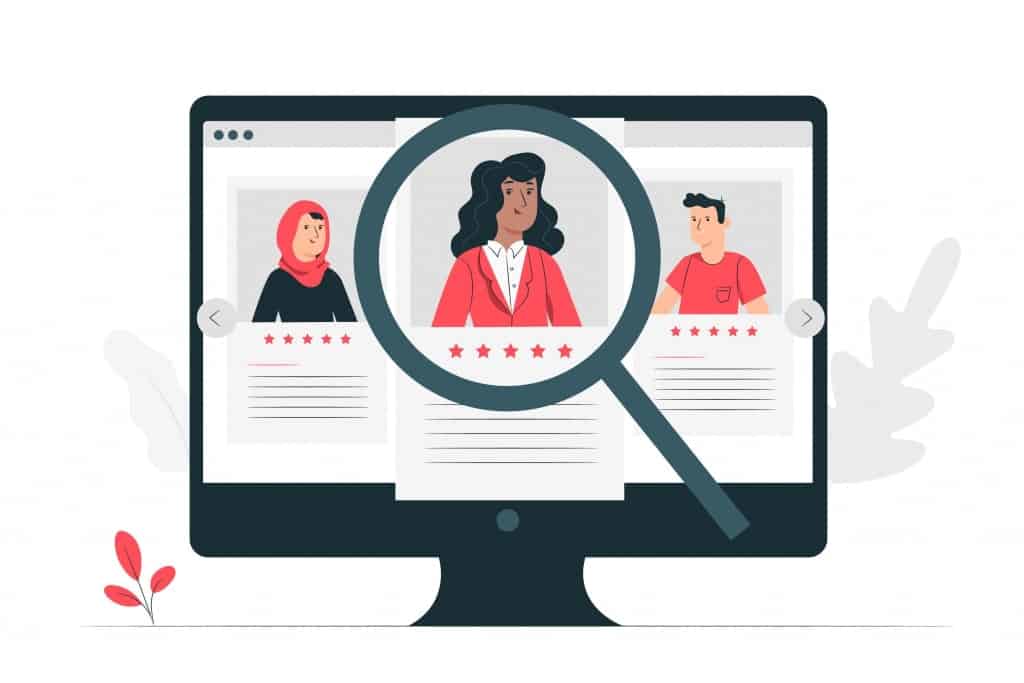
#6. Czy kiedykolwiek musiałeś rozwiązać problem, ale nie miałeś wcześniej wszystkich niezbędnych informacji na jego temat? I co zrobiłeś?
Konieczność poradzenia sobie z „nagłym” problemem to powszechna sytuacja, z którą spotkasz się w każdym środowisku pracy. Pracodawcy chcą wiedzieć, jak radzisz sobie z tą niedogodnością w sposób rozsądny i skuteczny.
Przykładowa odpowiedź: "W takich przypadkach proaktywnie sięgam i zbieram informacje z różnych źródeł, aby lepiej zrozumieć sytuację. Rozmawiam z interesariuszami, prowadzę badania online i wykorzystuję swoje doświadczenie i wiedzę, aby wypełnić wszelkie luki. Zadawałem również pytania wyjaśniające dotyczące problemu i brakujących informacji. Pozwala mi to na uzyskanie holistycznego obrazu problemu i pracę nad znalezieniem rozwiązania, nawet gdy nie są dostępne kompletne informacje”.
#7. Co robisz, gdy znalezienie właściwego rozwiązania problemu wydaje się niemożliwe?
Pracodawcy szukają kandydatów z umiejętnością rozwiązywania problemów, kreatywnością i umiejętnością krytycznego myślenia. Odpowiedzi kandydatów mogą również ujawnić ich strategie rozwiązywania problemów, zdolność myślenia i odporność w obliczu wyzwań.
Przykładowa odpowiedź: „Kiedy muszę zmierzyć się z problemem, którego nie potrafię rozwiązać, podejmuję wieloetapowe podejście, aby pokonać to wyzwanie. Po pierwsze, próbuję zmienić ramy problemu, patrząc na niego z innej perspektywy, co często może prowadzić do nowych pomysłów i spostrzeżeń. Po drugie, zwracam się do moich kolegów, mentorów lub ekspertów w tej dziedzinie po ich perspektywy i porady. Współpraca i burza mózgów z innymi może skutkować nowymi rozwiązaniami.
Po trzecie, robię sobie przerwę, odchodząc od tego i robiąc coś zupełnie innego, aby oczyścić umysł i zyskać nową perspektywę. Po czwarte, ponownie podchodzę do problemu ze świeżym umysłem i odnowionym skupieniem. Po piąte, rozważam alternatywne rozwiązania lub podejścia, starając się zachować otwarty umysł i eksplorować niekonwencjonalne opcje. Na koniec udoskonalam rozwiązanie i testuję je, aby zagwarantować, że spełnia wymagania i skutecznie rozwiązuje problem. Ten proces pozwala mi znaleźć kreatywne i innowacyjne rozwiązania, nawet gdy problem wydaje się trudny do rozwiązania”.
#8. Skąd wiesz, kiedy poradzić sobie z problemem samodzielnie lub poprosić o pomoc?
W tym pytaniu ankieter chce uzyskać jaśniejszy obraz Twojej zdolności do oceny sytuacji, bycia elastycznym w rozwiązywaniu problemów i upewnienia się, że potrafisz pracować zarówno samodzielnie, jak i w zespole.
Przykładowa odpowiedź: „Oceniłbym sytuację i określił, czy mam umiejętności, wiedzę i zasoby potrzebne do skutecznego rozwiązania problemu. Jeśli problem jest złożony i przekracza moje możliwości, poszukam pomocy u kolegi lub przełożonego. Jeśli jednak mogę sobie na to pozwolić i skutecznie sobie z tym poradzić, podejmę się tego i zajmę się tym sam. Jednak moim ostatecznym celem jest nadal znalezienie najlepszego rozwiązania problemu na czas."
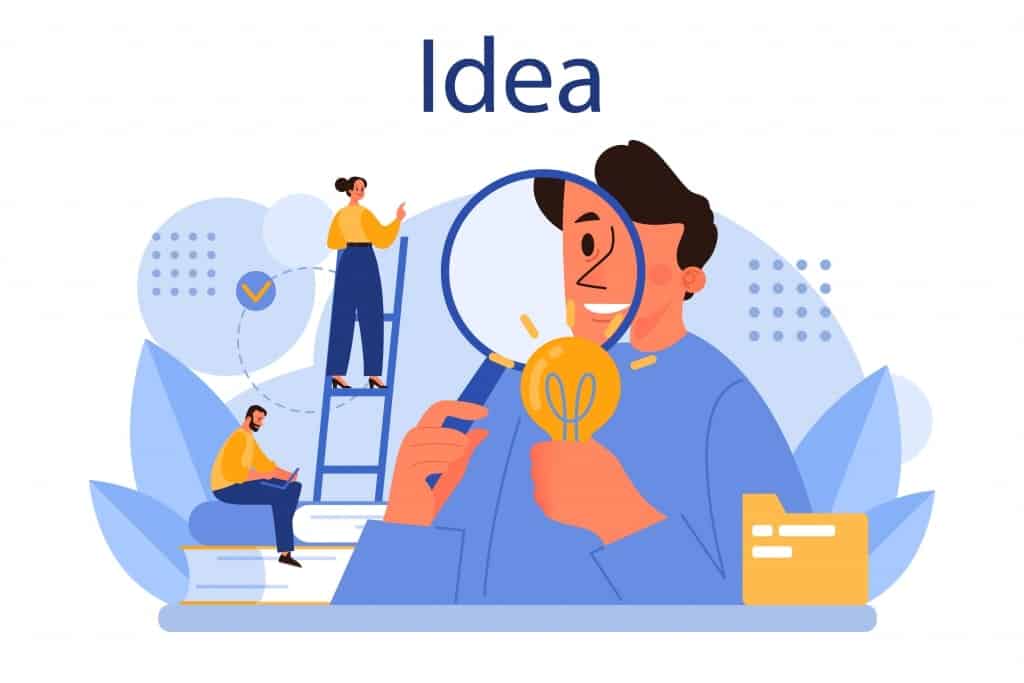
#9. Jak zachować kreatywność?
Jeśli pracujesz w branży kreatywnej, wielu rozmówców zada ci to pytanie, ponieważ powszechnym problemem wśród pracujących profesjonalistów jest „blokada twórcza”. Chcieliby więc poznać różne metody, które zastosowałeś, aby powrócić do przepływu.
Przykładowa odpowiedź: „Zanurzam się w szerokich tematach, aby nawiązać nowe znajomości. Czytam dużo, obserwuję różne branże i wystawiam się na sztukę/muzykę, aby uzyskać perspektywę. Regularnie prowadzę też burzę mózgów z różnymi grupami, ponieważ inne punkty widzenia pobudzają moją kreatywność. I prowadzę rejestr pomysłów — nawet tych nieprawdopodobnych — ponieważ nigdy nie wiadomo, dokąd mogą zaprowadzić innowacje. Eklektyczne podejście pomaga mi rozwiązywać problemy w nowatorski, ale praktyczny sposób”.
Wskazówki, jak poprawić swoje umiejętności kreatywnego rozwiązywania problemów
Oto kilka wskazówek, które pomogą Ci w kreatywnym rozwiązywaniu problemów:
- Ćwiczyć aktywne słuchanie i obserwacja: Zwracaj uwagę na szczegóły wokół siebie i aktywnie słuchaj, co mówią inni.
- Poszerz swoją perspektywę: Szukaj nowych doświadczeń i informacji, które mogą poszerzyć twoje myślenie i pomóc podejść do problemów z nowej perspektywy.
- Praca w zespole: Praca z innymi może prowadzić do różnych perspektyw i pomóc w generowaniu bardziej kreatywnych rozwiązań.
- Pozostań ciekawy: Zadawaj pytania, aby zachować ciekawość i otwartość.
- Użyj wizualizacji i mapy myśli: Narzędzia te mogą pomóc Ci spojrzeć na problemy w nowym świetle i zastanowić się nad potencjalnymi rozwiązaniami w bardziej zorganizowany sposób.
- Zadbaj o zdrowie psychiczne: Robienie przerw i angażowanie się w relaksujące zajęcia może pomóc zachować odświeżenie i uniknąć wypalenia.
- Porażka w objęciach: Nie bój się próbować nowych metod i eksperymentować z różnymi rozwiązaniami, nawet jeśli nie okażą się skuteczne.
Uwagi końcowe
Mam nadzieję, że ten artykuł dostarczył pomocnych przykładów kreatywnego rozwiązywania problemów i dobrze przygotował Cię do zdobywania punktów u rekruterów. Jeśli chcesz poprawić swoje umiejętności kreatywnego rozwiązywania problemów, ważne jest, aby przyjąć nastawienie na rozwój, zaakceptować porażkę, myśleć kreatywnie i współpracować z innymi.
I nie zapomnij o kreatywności w AhaSlides publiczna biblioteka szablonów!
Najczęściej zadawane pytania
Jaki jest dobry przykład rozwiązywania problemów podczas rozmowy kwalifikacyjnej?
Odpowiadając na pytanie rekrutera, należy zastosować następujące podejście: jasno określ problem, zbierz odpowiednie dane, przeanalizuj przyczyny, zaproponuj kreatywne rozwiązanie, śledź skutki i określ ilościowo wyniki.
Na czym polega kreatywne podejście do rozwiązywania problemów?
Odłóż osąd. Podczas burzy mózgów nie odrzucaj od razu żadnych sugestii, bez względu na to, jak dziwne mogą się wydawać. Dzikie pomysły mogą czasami prowadzić do przełomowych rozwiązań.





